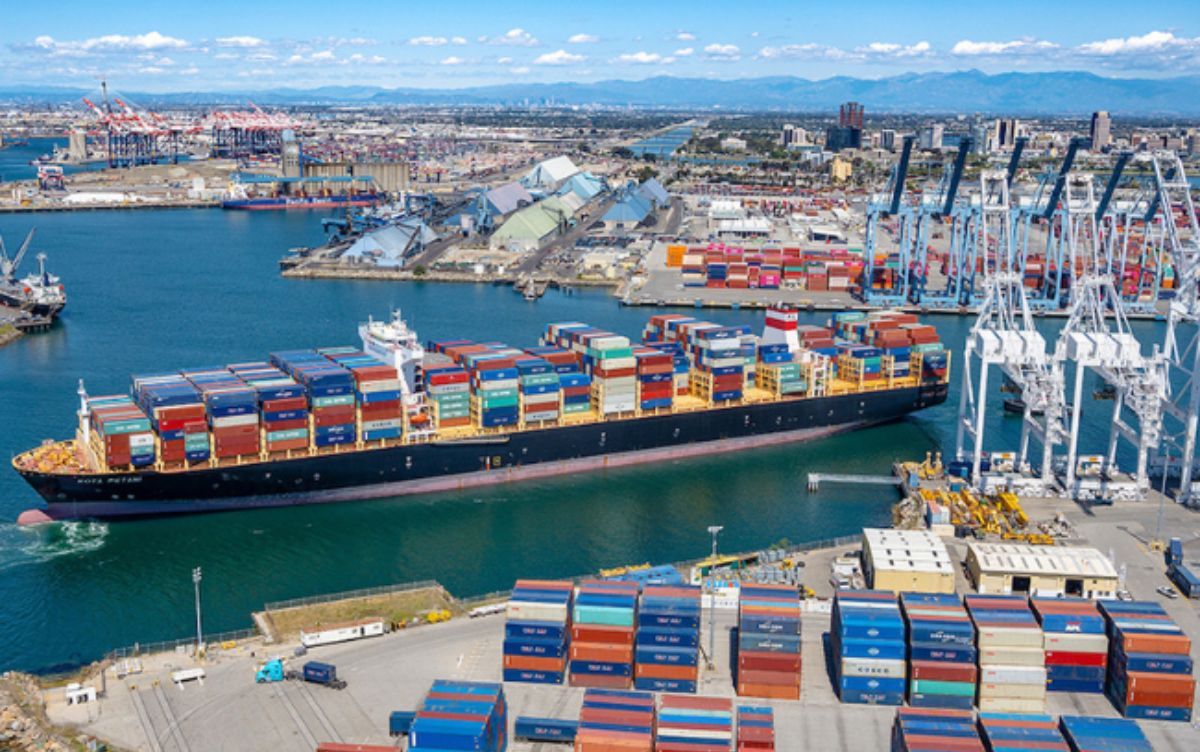Pakistan Unveils Maritime Vision 2035: Gwadar to Lead Regional Trade
Pakistan is charting a bold new course in its maritime journey, with plans to transform into a regional trade powerhouse by 2030. Federal Minister for Maritime Affairs, Muhammad Junaid Anwar Chaudhry, announced that the government’s comprehensive maritime vision extends to 2035 and focuses on modernizing ports, shipping infrastructure, and digital systems to unlock the full potential of the blue economy.
Addressing the Regional Transport Ministers’ Conference, Chaudhry highlighted that port master plans are being revamped with international support to meet global benchmarks. He emphasized that Gwadar, equipped with a new international airport and advanced transshipment facilities, is set to become the region’s central gateway for energy, fiber, and IT connectivity.
The minister projected that Pakistan’s economy could soar to $1 trillion by 2035, with trade volumes exceeding $250 billion, driven by state-of-the-art port operations and digital transformation initiatives. The Pakistan National Shipping Corporation (PNSC) aims to expand its fleet to 30 vessels by 2026, eventually reaching 80 ships by 2035, potentially contributing 2 percent to the national GDP.
 P.c. Pakistan Today
P.c. Pakistan Today
Chaudhry identified Karachi Port as Pakistan’s leading trade facility, Port Qasim as one of the world’s most developed ports, and Gwadar as the emerging nexus for regional logistics. Enhanced road and rail connectivity projects, expected to conclude by 2028, will further enable Gwadar to lead cargo throughput by 2030.
He also unveiled plans for reviving the Gaddani ship recycling yard and establishing an Integrated Maritime Industrial Complex at Port Qasim—two initiatives hailed as transformative “game changers” for Pakistan’s maritime landscape. Furthermore, the launch of a modern, AI-powered Port Community System is expected to enhance operational efficiency and trade facilitation.
Reaffirming Pakistan’s dedication to the UN 2030 Agenda, Chaudhry said the Blue Economy strategy seeks to position the country as a maritime bridge linking the Arabian Sea with the Gulf, Central Asia, East Africa, and South Asia. With a 1,046-kilometer coastline and a 290,000-square-kilometer Exclusive Economic Zone (EEZ), Pakistan plans to increase the maritime sector’s GDP share from 0.8 percent to 2 percent by 2035 through innovation and partnerships.
The minister extended invitations to regional partners to witness developments at Pakistan’s ports, noting that Karachi and Port Qasim currently operate at only half their capacity. With Gwadar Port ready to handle expanded cargo operations, Pakistan aims to lead a new era of regional integration and prosperity.
The conference brought together transport ministers, policymakers, and delegates from 26 nations—including Russia, Turkey, Iran, and Saudi Arabia—alongside representatives from ECO, ADB, and the Islamic Development Bank. Concluding his address, Chaudhry emphasized that Pakistan’s maritime transformation symbolizes a shift “from potential to progress,” where its seas become “bridges of prosperity” across the region.